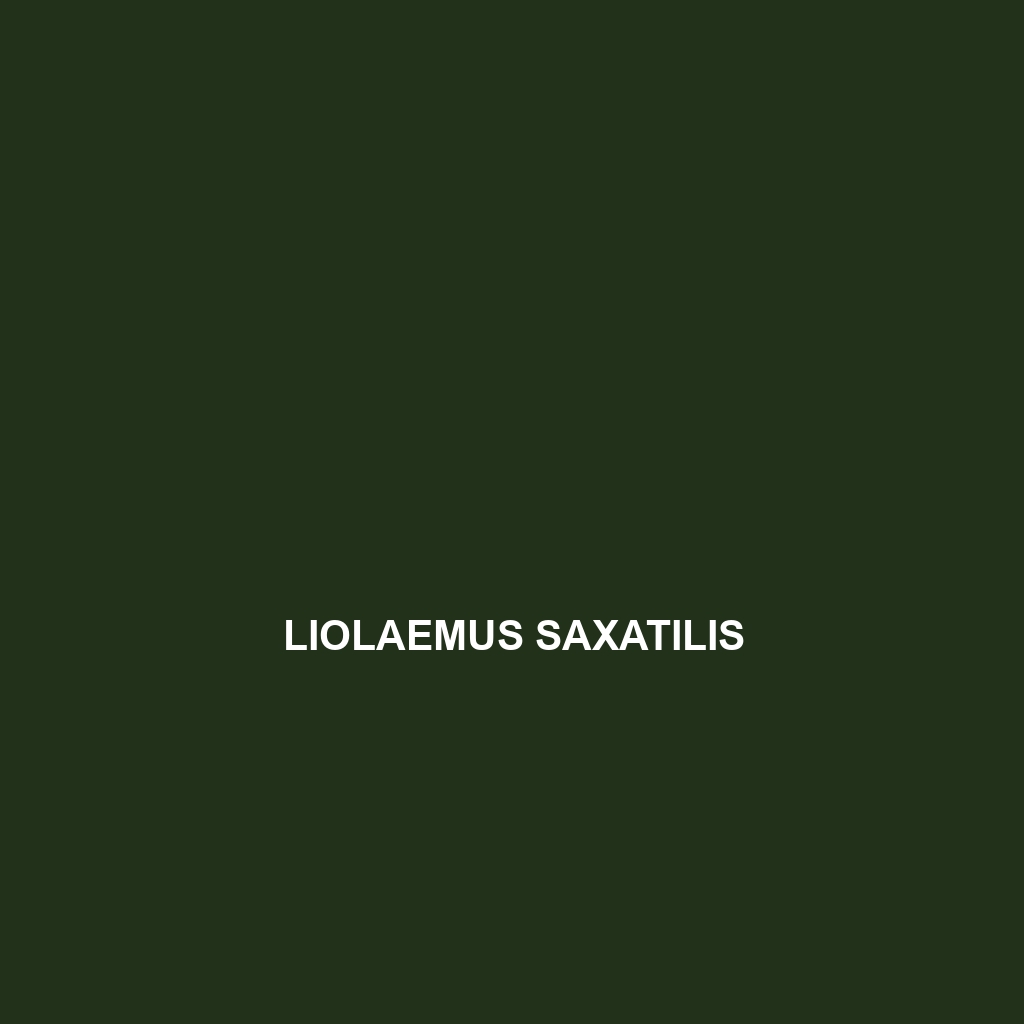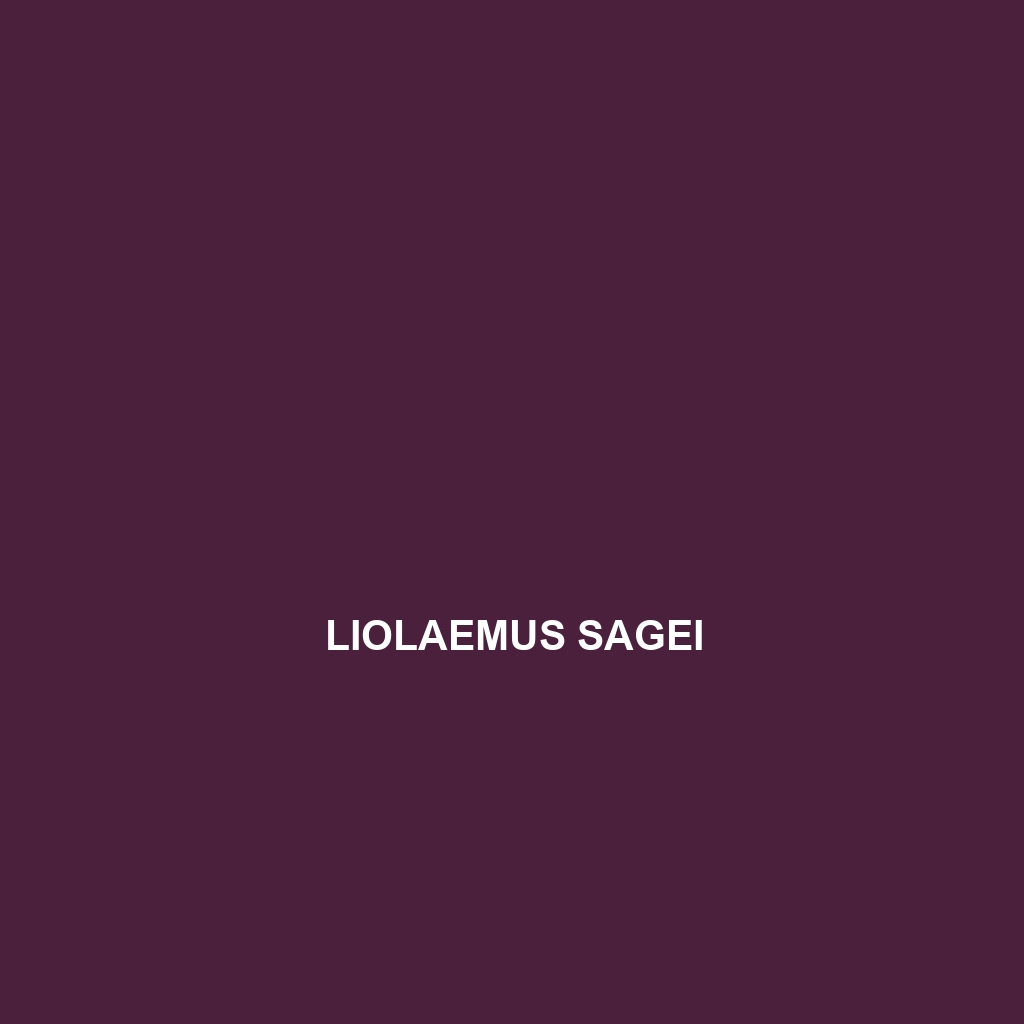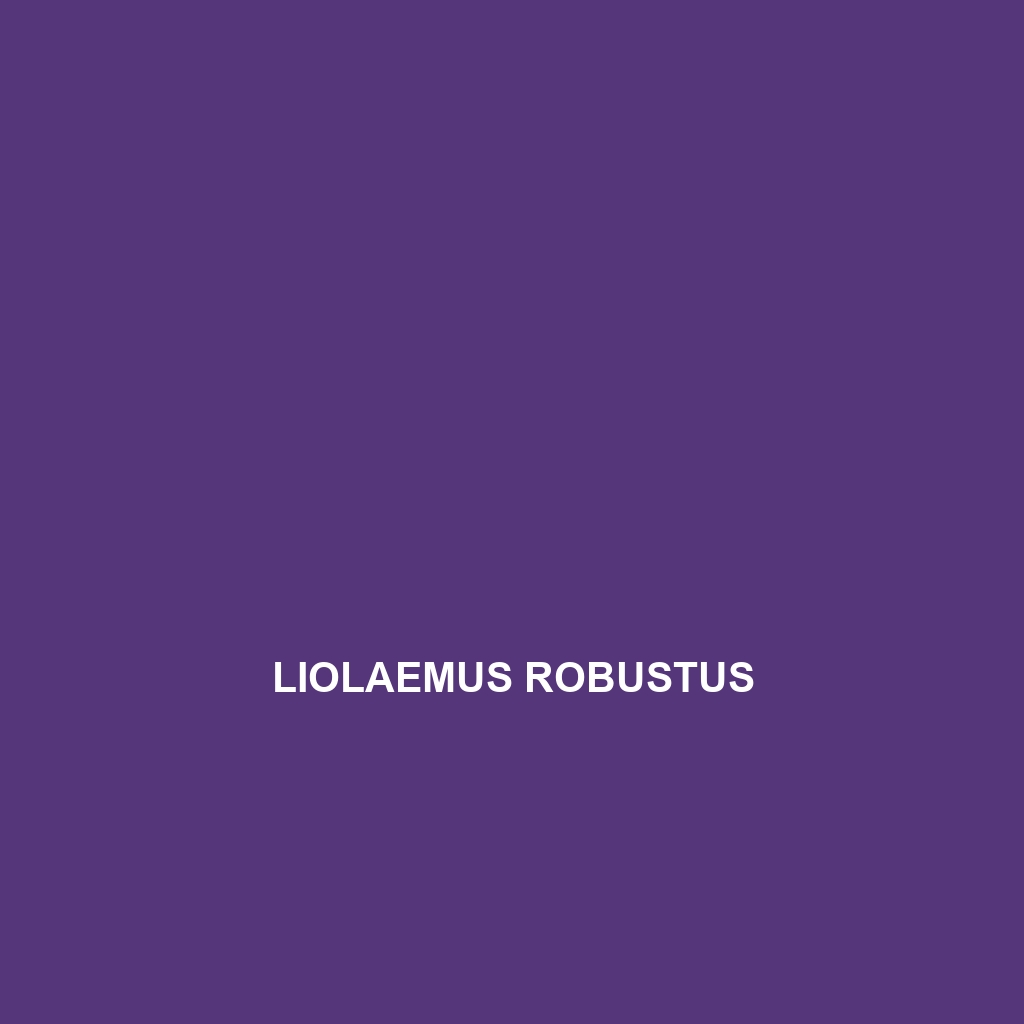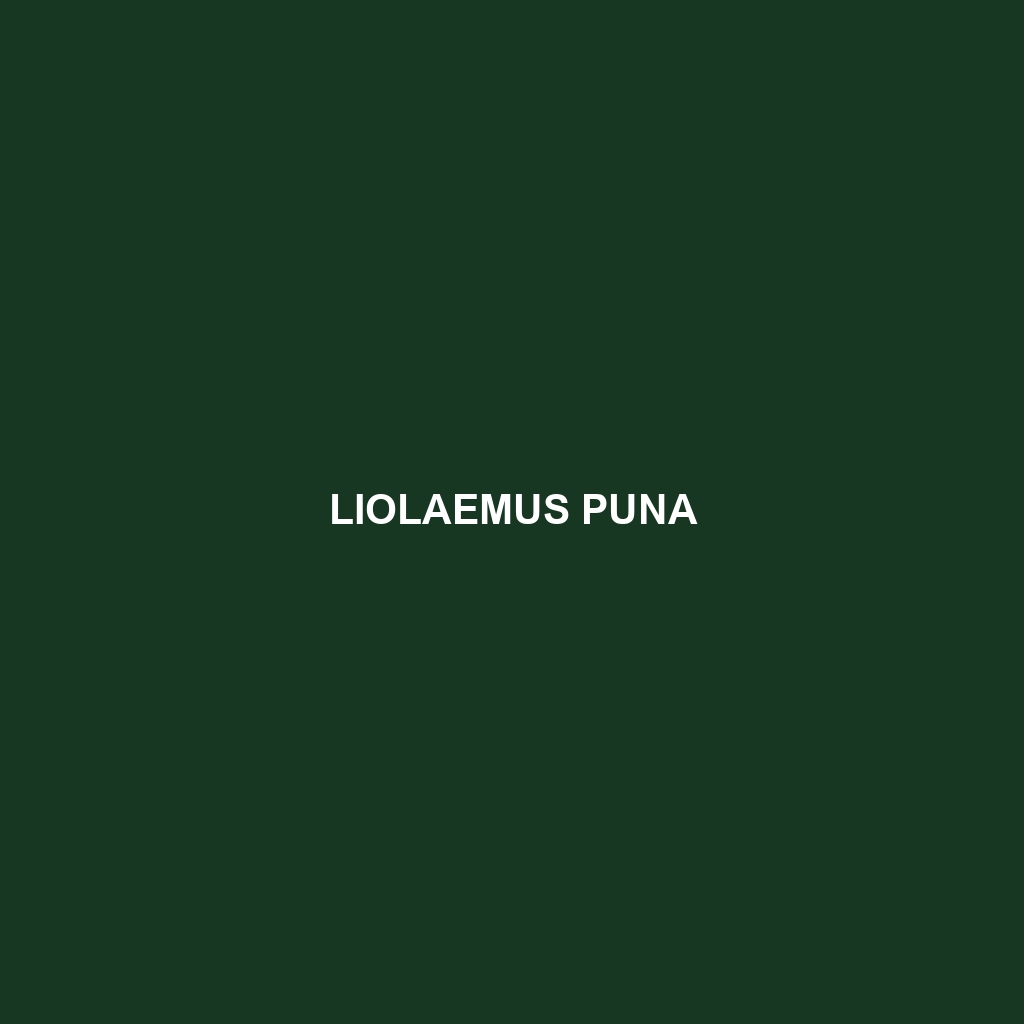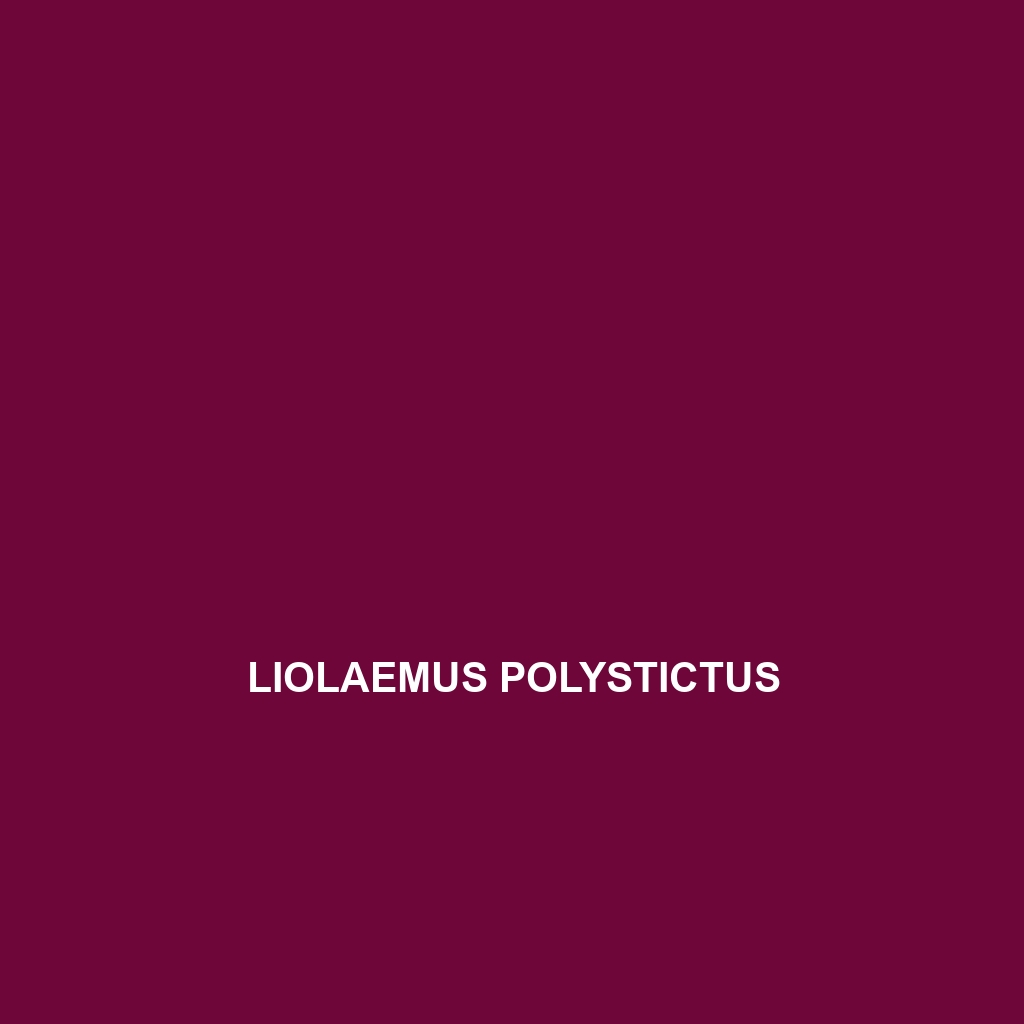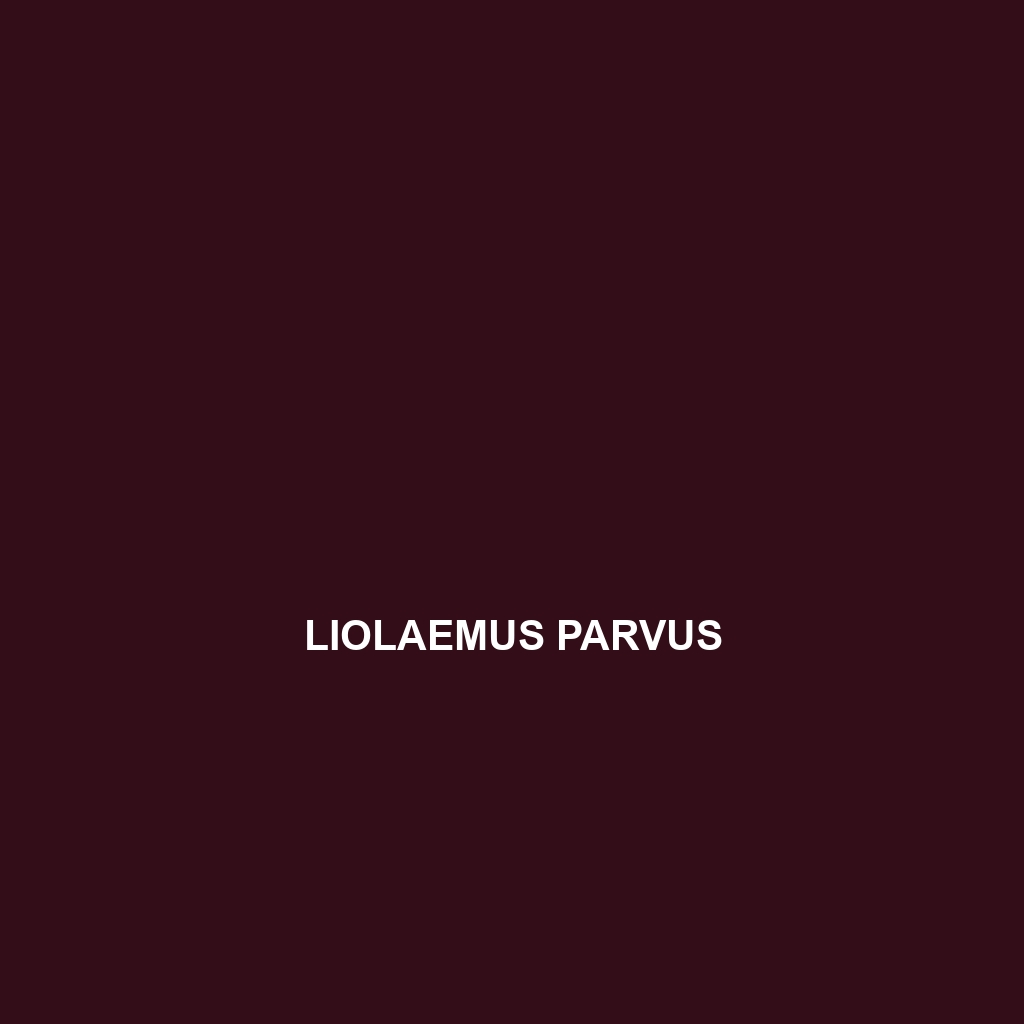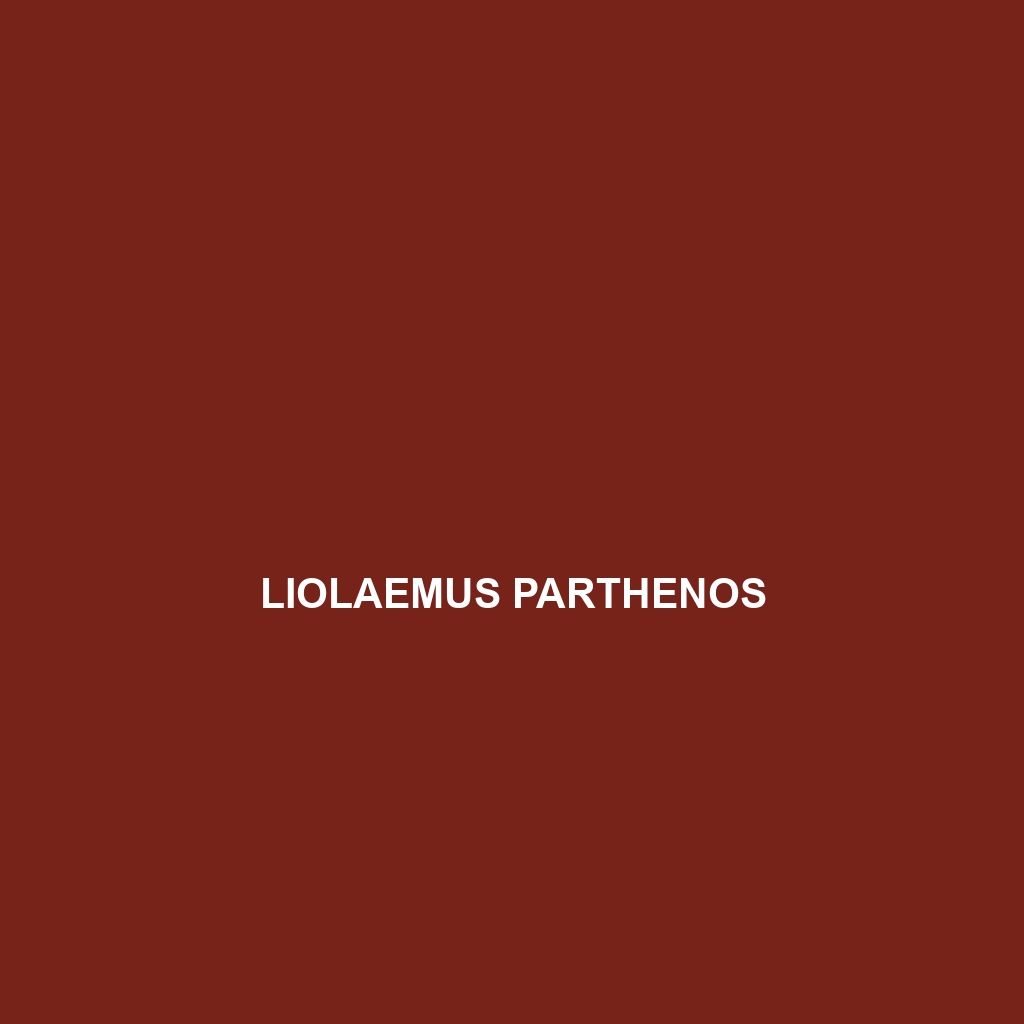The Liolaemus saxatilis, commonly found in the arid regions of northern Chile, particularly the Atacama Desert, is a slender lizard characterized by its striking colors and banding patterns. Adapted to a diet mainly consisting of insects, this diurnal species plays a vital ecological role in controlling insect populations and maintaining ecosystem balance.
Tag: insectivorous lizards
Liolaemus salitrosus
Discover the remarkable <b>Liolaemus salitrosus</b>, a slender, insectivorous lizard thriving in the harsh, saline deserts of northern Chile, characterized by its sandy brown and green camouflage, specialized toe pads for navigating rocky terrains, and unique adaptations that allow it to flourish in extreme environments. This vulnerable species plays a crucial role in its ecosystem, balancing insect populations and contributing to biodiversity.
Liolaemus ruibali
Discover the unique Liolaemus ruibali, a medium-sized lizard native to the temperate forests and scrublands of Chile, known for its slender body, vibrant blue markings, and fascinating daytime behaviors. As an insectivorous species, it plays a vital role in regulating insect populations while adapting to diverse habitats with its remarkable camouflage and social structures.
Liolaemus robustus
Discover the robust lizard, Liolaemus robustus, a vibrant inhabitant of southern South America's temperate forests, known for its agile movements, striking coloration, and unique reproductive strategy of live births. This omnivorous lizard plays a crucial role in its ecosystem by controlling insect populations and supporting biodiversity.
Liolaemus reichei
<strong>Liolaemus reichei</strong>, also known as Reiche's Liolaemus, is a remarkable lizard found in the temperate forests of South America, characterized by its slender body, vibrant coloration, and distinctive throat pouch. This primarily insectivorous species plays a crucial role in its ecosystem by controlling insect populations and serving as prey for larger predators.
Liolaemus puna
<p><b>Liolaemus puna</b>, or the puna lizard, is a high-altitude reptile found in the Andes, known for its striking coloration, slender body, and adaptations to survive in cool, arid conditions. This insectivorous species plays a vital role in controlling insect populations and contributes to the ecological balance of its unique mountainous habitat.</p>
Liolaemus polystictus
<p><b>Liolaemus polystictus</b> is a striking lizard species native to the temperate forests and savannas of southern South America, displaying vibrant multicolored patterns and engaging in fascinating diurnal behaviors. As an insectivore, it plays a crucial role in controlling insect populations while adapting to various ecological niches, making it an essential part of its ecosystem.</p>
Liolaemus platei
<p><b>Liolaemus platei</b>, commonly known as Plate's Lizard, is a striking insectivore found in the temperate zones of Argentina and Chile, characterized by its slender body, vibrant coloration, and unique thermoregulation behaviors. This adaptable lizard plays a crucial role in its ecosystem by controlling insect populations and serving as prey for larger predators.</p>
Liolaemus parvus
Liolaemus parvus is a small, insectivorous lizard native to the temperate forests and savannas of Argentina and Chile, typically measuring 5 to 10 centimeters in length. Known for its distinctive coloration and rough texture, this diurnal species plays a crucial role in its ecosystem by controlling insect populations while also serving as prey for various birds and mammals.
Liolaemus pantherinus
<p><b>Liolaemus pantherinus</b>, or the Patagonian lizard, is a striking species found in the diverse ecosystems of Patagonia, Argentina, and Chile, characterized by its vibrant coloration and agile movement. This insectivorous lizard plays a crucial role in regulating insect populations and serves as a bioindicator for ecosystem health.</p>
